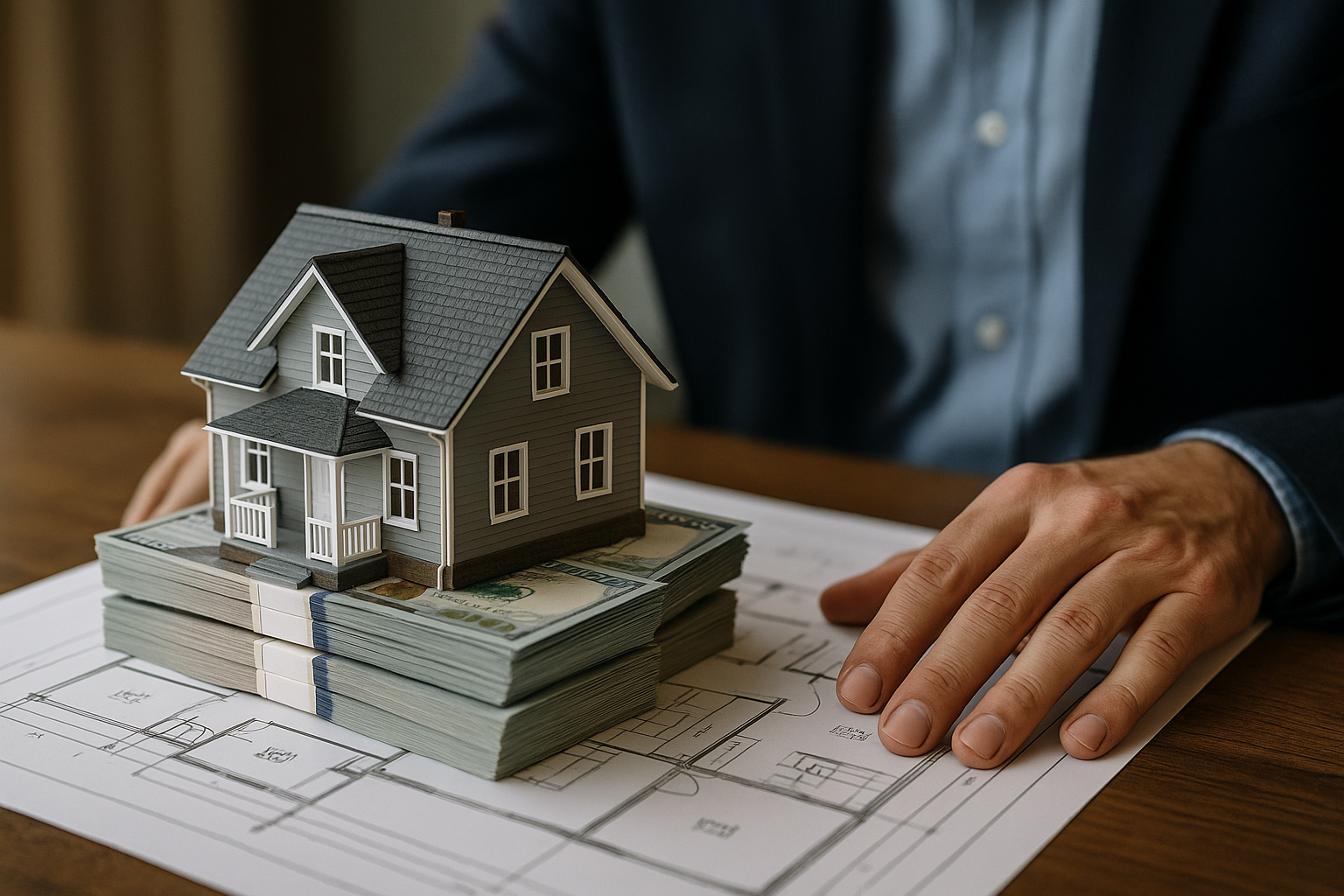Transforming Senior Living in Australia
Modern housing solutions are revolutionizing retirement living across Australia, offering seniors practical, affordable options that combine quality construction with rapid deployment. These purpose-built dwellings provide accessibility features, energy efficiency, and community-focused designs that address the unique needs of Australia's growing senior population.

Prefabricated homes, also known as prefab or modular homes, have emerged as a significant innovation in Australia’s housing market. For seniors looking to downsize or find age-appropriate accommodation, these factory-built structures offer numerous advantages over traditional construction. With Australia’s aging population expected to grow substantially in the coming decades, prefabricated senior housing represents a practical solution to meeting specialized housing needs while maintaining independence and comfort in retirement years.
Why Prefab Senior Bungalows Are Changing Retirement Living in Australia
The traditional retirement living model in Australia has faced challenges in recent years, with many seniors finding conventional options either unaffordable or unsuitable for their needs. Prefabricated senior bungalows address these issues through their accessible design, customization options, and reduced construction timeframes. These homes typically feature single-level layouts, wider doorways, and reinforced bathroom walls for future mobility aids—all essential considerations for aging residents. The controlled factory environment where these homes are built ensures consistent quality and precision that can be difficult to achieve with on-site construction, particularly important for homes designed to accommodate changing physical needs.
The New Affordable Housing Trend Transforming Senior Communities
Affordability remains one of the most compelling advantages of prefabricated homes for seniors. With traditional housing prices continuing to rise across Australia, prefab options typically cost 10-25% less than conventional builds of comparable size and quality. This cost efficiency stems from streamlined manufacturing processes, reduced labor requirements, and minimal construction waste. Additionally, the speed of construction—often 30-50% faster than traditional building methods—means seniors can move into their new homes sooner, avoiding extended temporary accommodation costs. Many prefab providers also offer flexible payment options specifically designed for retirees on fixed incomes.
How Modular Homes Are Redefining Retirement Comfort
Modern prefabricated homes have shed their utilitarian image, now offering design sophistication and comfort features that rival or exceed traditional construction. For seniors, this means access to homes with excellent thermal performance, reduced maintenance requirements, and thoughtful design elements that support aging in place. High-quality insulation, double-glazed windows, and efficient climate control systems come standard in many prefab models, helping seniors manage energy costs while maintaining comfortable living temperatures year-round. Smart home technology integration is increasingly common, allowing for automated lighting, security systems, and emergency response capabilities that provide both convenience and peace of mind.
Discover the Future of Affordable Senior Living in Australia
The evolution of prefabricated housing technology continues to expand possibilities for senior living in Australia. Innovations include modular designs that can be easily modified as needs change, solar-ready roofing systems that reduce ongoing utility costs, and community-focused developments that cluster prefab homes around shared amenities. Many new prefab communities incorporate thoughtful landscaping with low-maintenance native plants, communal garden spaces, and accessible pathways that encourage physical activity and social interaction. These purpose-built environments help address isolation concerns while supporting independent living for longer periods.
The Surprising Shift Toward Prefab Bungalows for Retirees
What’s driving the increasing popularity of prefab homes among Australian seniors? Beyond cost considerations, many retirees appreciate the environmental benefits of factory-built housing, which typically generates less waste and uses resources more efficiently than traditional construction. The ability to place these homes on smaller lots or even as secondary dwellings on family properties allows seniors to maintain proximity to support networks while having their own space. Additionally, the reduced construction time means less disruption—particularly valuable for those transitioning from long-term family homes during what can already be an emotionally challenging period.
Prefab Senior Housing Providers and Cost Comparison
Australian seniors considering prefabricated housing have several established providers to choose from, each offering different advantages in terms of design, customization, and price points.
| Provider | Base Model Size | Price Range | Key Features |
|---|---|---|---|
| Modular Homes Australia | 60-90 m² | $120,000-$180,000 | Accessibility features, energy-efficient design, 10-year structural warranty |
| Prebuilt Residential | 45-75 m² | $150,000-$220,000 | Customizable floor plans, premium finishes, solar options |
| Valley Kit Homes | 50-85 m² | $95,000-$165,000 | Affordable base models, DIY options, coastal designs |
| Nova Deko Modular | 40-70 m² | $110,000-$190,000 | Compact efficient designs, quick installation, urban focus |
| Tasbuilt Homes | 55-95 m² | $135,000-$210,000 | Rural specialist, bushfire-rated options, transport to remote areas |
Prices, rates, or cost estimates mentioned in this article are based on the latest available information but may change over time. Independent research is advised before making financial decisions.
Beyond the base price, seniors should factor in site preparation costs (typically $10,000-$25,000), connection to utilities ($5,000-$15,000), and any council approval fees. Many providers offer turnkey packages that include these additional expenses, providing greater cost certainty.
Conclusion
Prefabricated homes represent a practical, cost-effective housing solution for Australia’s growing senior population. With their accessibility features, energy efficiency, reduced construction times, and customization options, these modern dwellings are helping redefine retirement living across the country. As technology continues to improve and more specialized designs emerge, prefab housing is likely to become an increasingly important component of Australia’s strategy for accommodating its aging demographic. For seniors seeking to maintain independence while rightsizing their living arrangements, prefabricated homes offer a compelling blend of affordability, comfort, and future-focused design.




